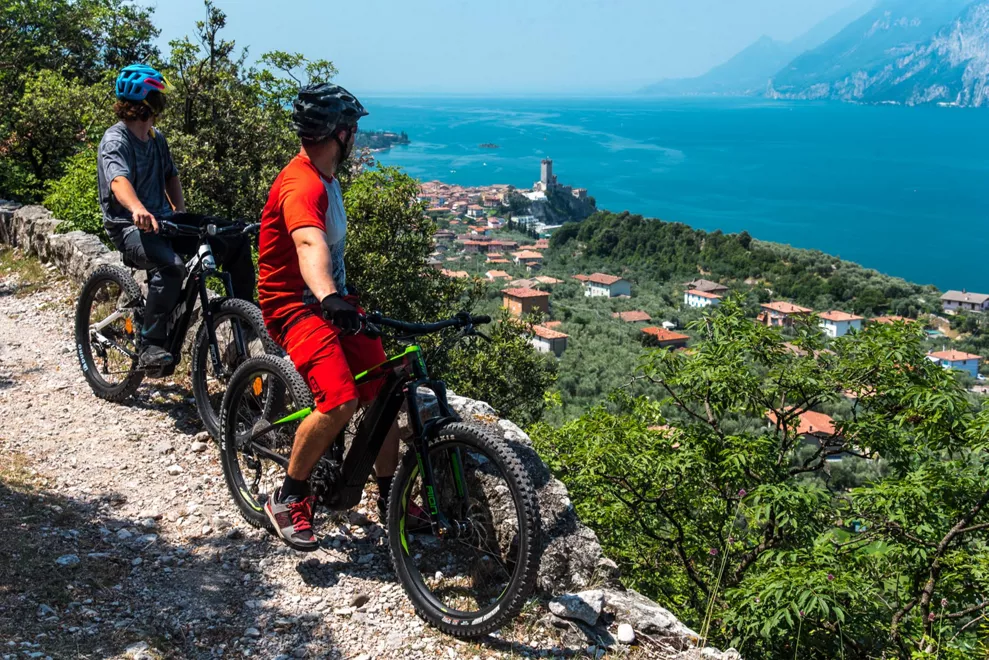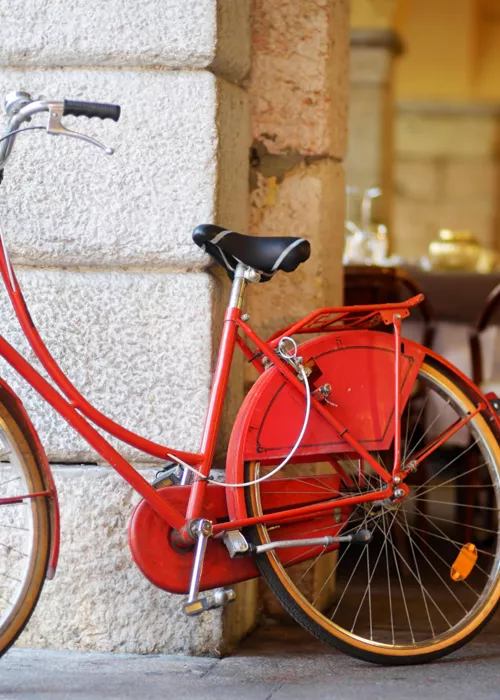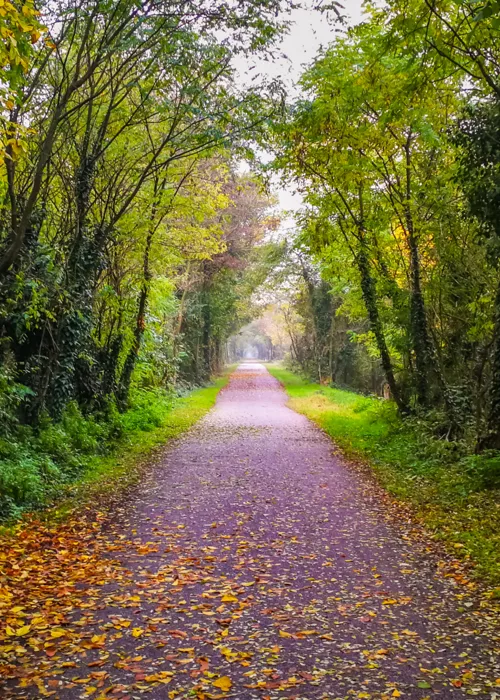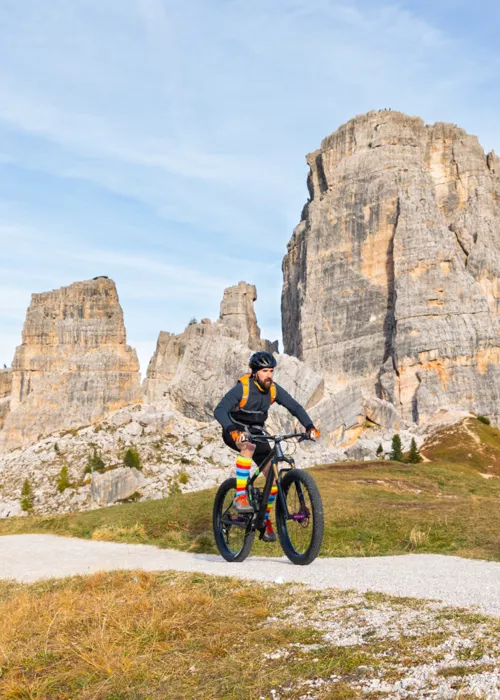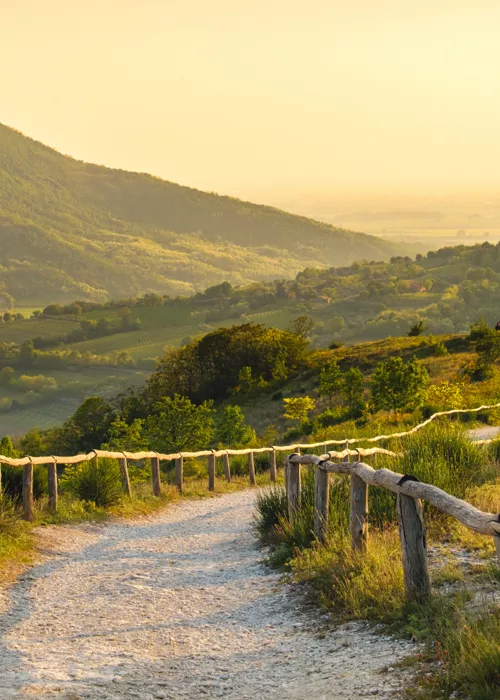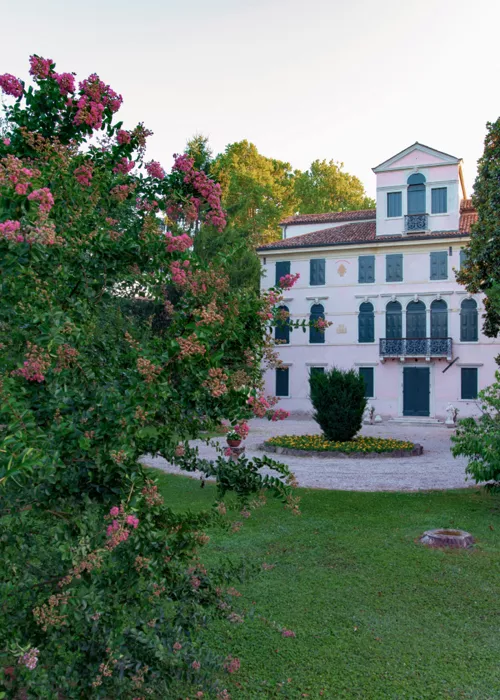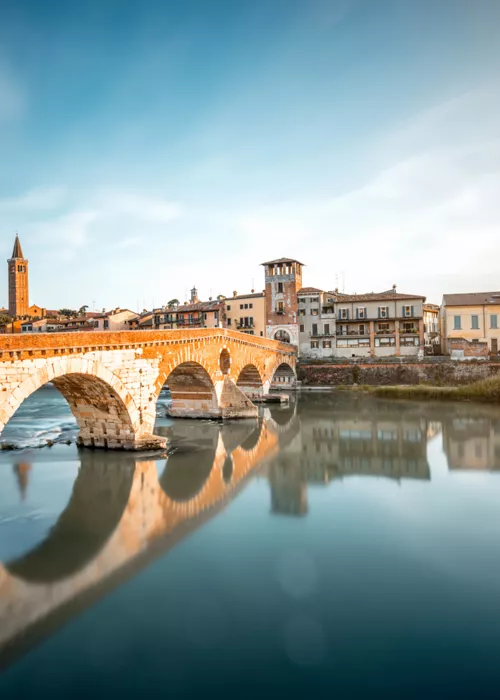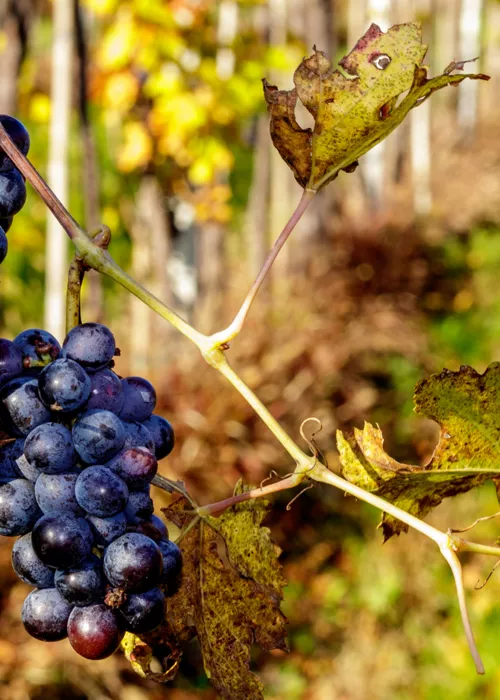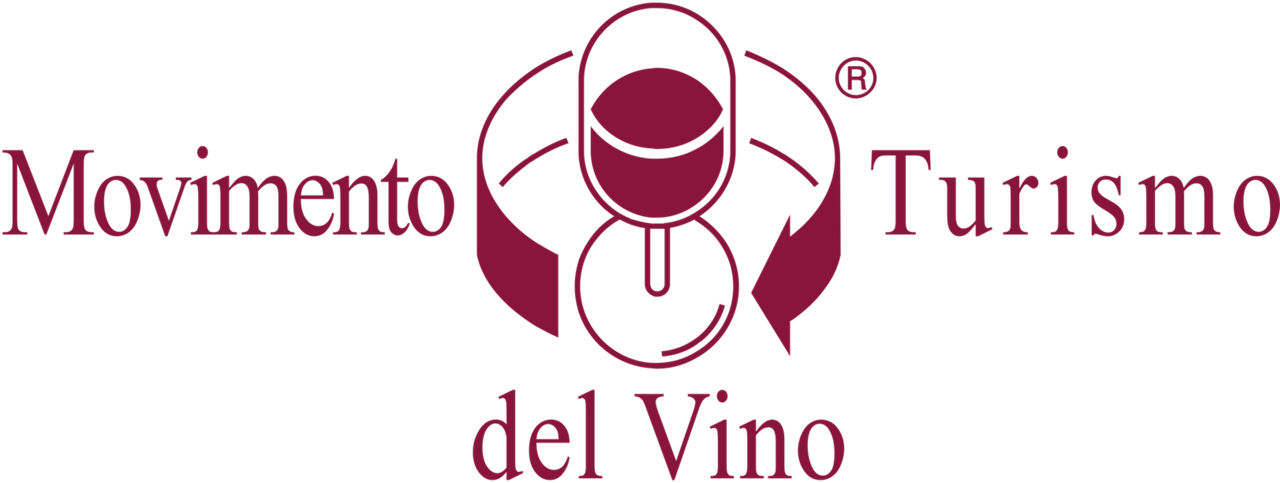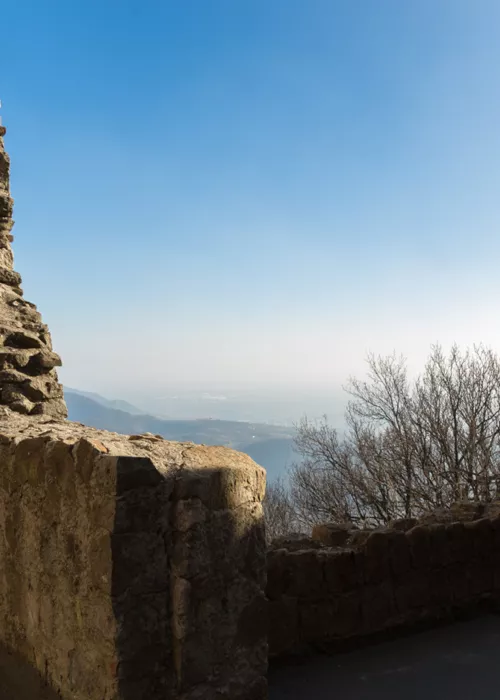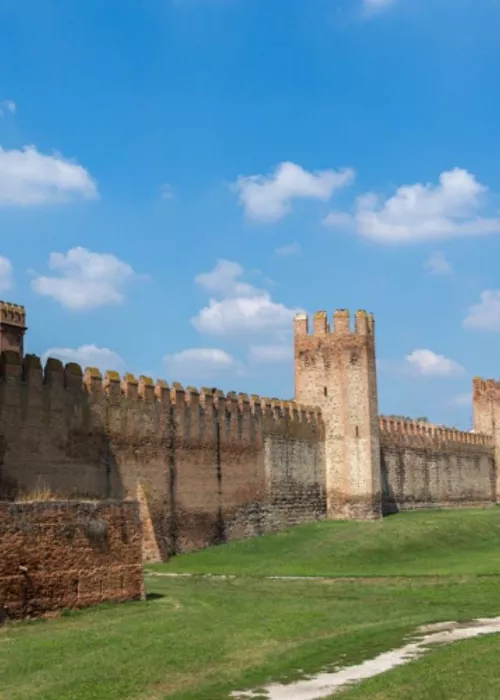Lake Garda

The Adige cycle path, which runs from Lake Garda to Verona, runs along the historic stretch of the Roman road Claudia Augusta, which snakes its way through an area criss-crossed by rock faces, fields full of apple orchards, vineyards and olive groves, and is rich in cities of art.
Heading towards Verona, your gaze will fall on the Valpolicella area, the home of the wine of the same name. You will come across the villages of Pescantina and Bussolengo, both important river ports in the past, and then, passing through Chievo, you will reach Verona, famous throughout the world for its Roman Arena, the palaces of the Della Scala family and the romantic love story between Romeo and Juliet.
Verona

At this point you can choose between a cruise from Riva del Garda to Peschiera del Garda, following the course of the river Mincio by bicycle as far as Salionze, and then heading towards Verona, crossing the moraine hills. Or you can reach the lake via the signposted cycle paths that depart directly from the Adige trail.
At Rivoli Veronese, at the foot of Monte Baldo, you then continue along the Riviera degli Olivi, with its breathtaking views of the lake, overlooked by the villages of Garda and Bardolino, to then return towards Verona, following the signs for Pastrengo and Calmasino, riding along the Adige cycle path in complete safety.
Vicenza

At this point we start off from Juliet's house and head south, where the Adige river flows into the plain. The route then leads to the Longobard town of Soave, which is surrounded by walls and vineyards: for wine lovers, a stop at one of the many wineries or a tavern for a taste of the white wine of the same name is highly recommended. Once you have passed Montebello, don't be too distracted by the Bellaguardia Castle and the Castle of the villa, which will appear right in front of you.
Vicenza is now just around the corner. First, however, an uphill effort is required, at an altitude of 200 metres; this effort is rewarded by a glimpse of the entrance to Vicenza, from the top of Monte Berico: wow! The city can be seen in its entirety near the Sanctuary, from where it appears to be clustered around the Palladian Basilica. The charm continues in the historic centre, with its squares, palaces, churches and the Olympic Theatre.
Padua

The Riviera Berica Casarotto cycle path leads to Palladio's masterpiece, Villa Capra Valmarana “La Rotonda”, which greets visitors to Vicenza from the summit of a hill. Now head towards Longare, at the foot of the Berici Hills.
Then, following the Bacchiglione river, we reach the village of Santa Maria di Veggiano, with its rustic architecture and poetic agricultural landscape; Cervarese Santa Croce, where, crossing the river, we reach the castle of San Martino della Vanezza; and finally Padua. You are now at Prato della Valle, one of the largest squares in Italy and the city's meeting place.
Venice

What is there to see before leaving the city of the saint? This is a difficult dilemma, because the following are all must-see destinations: the old fruit and vegetable market in Piazza delle Erbe and Piazza della Frutta, Palazzo del Bo (home of the old University), the Basilica of St. Anthony and the Scrovegni Chapel with its Giotto frescoes.
After passing through Porta Ognissanti in the Portello university district, we proceed first along the Piovego canal and then along the Brenta canal, waterways of the famous Riviera del Brenta. Now, pause for a moment: you are riding on two wheels along the same routes as travellers of centuries gone by. Take the time to admire Villa Pisani in Stra, the centre of Dolo and Palladio's Villa Foscari, known as “la Malcontenta”.
Once you reach Mestre, it is best to continue to Venice by train or public transport: the lagoon city, with its narrow streets and squares, makes it rather difficult to get around on two wheels. It is therefore advisable to leave your bicycle in a secure car park, for instance near the station, and to enjoy the wonders of the city on foot.

